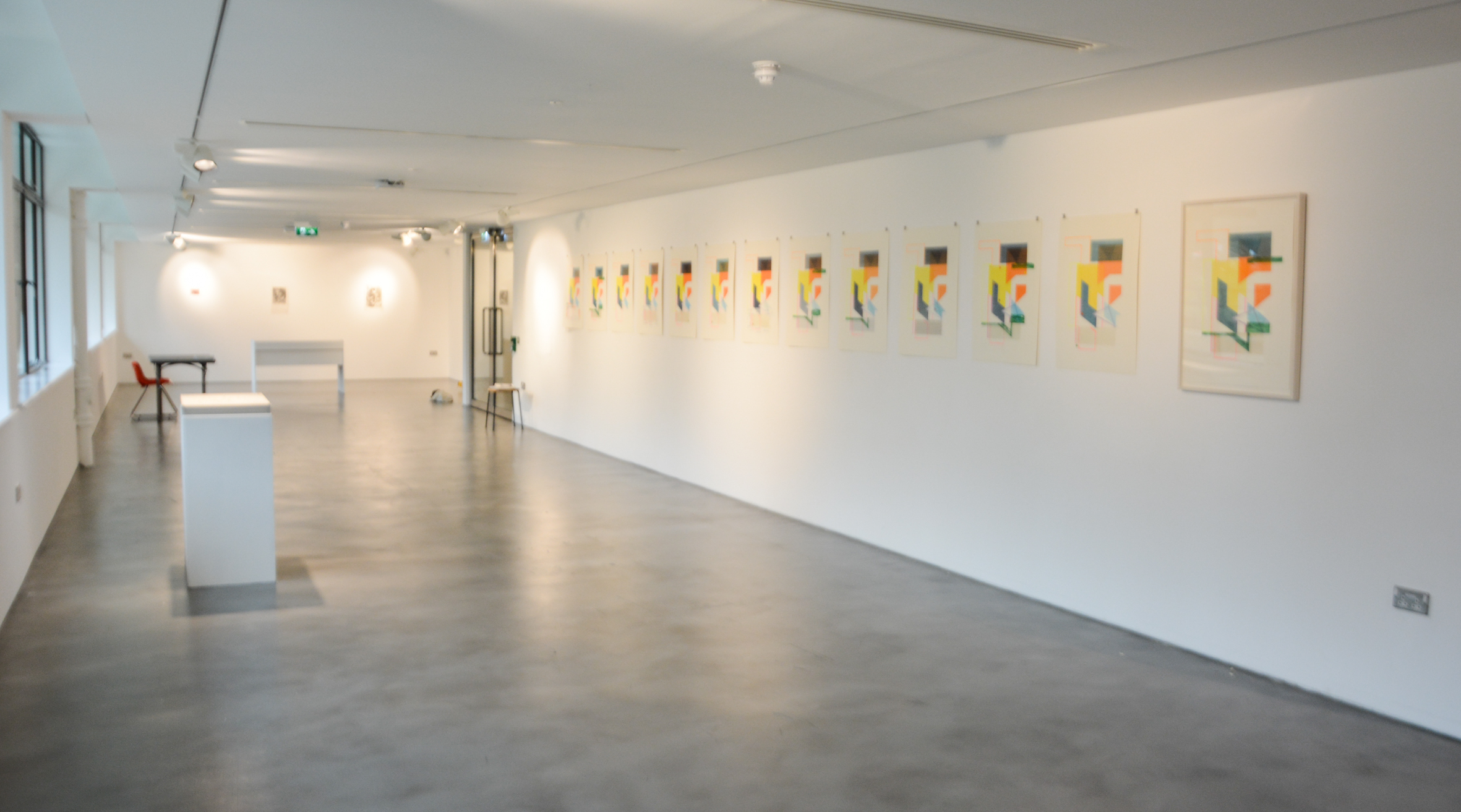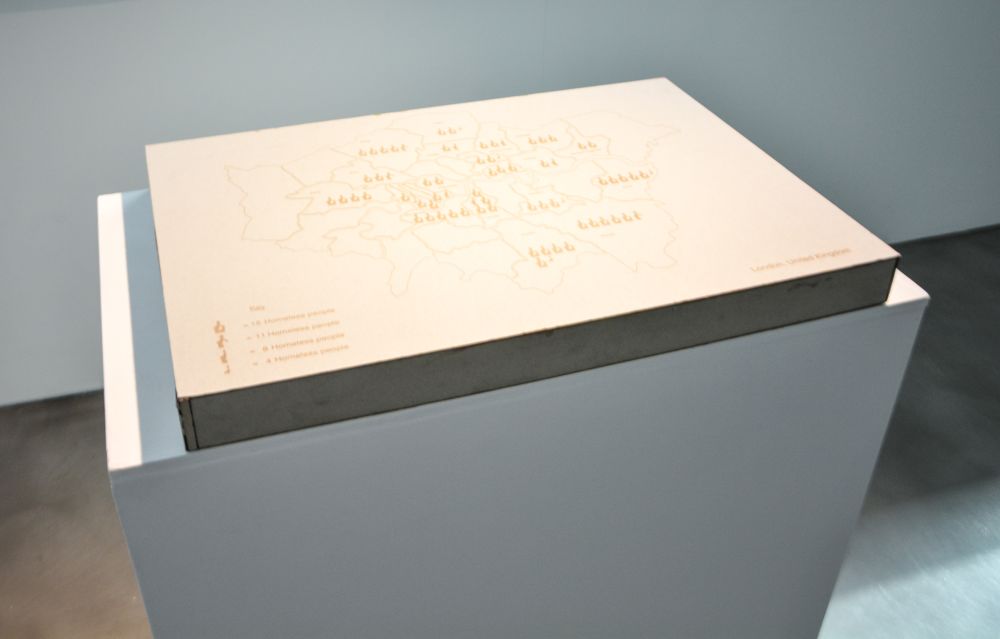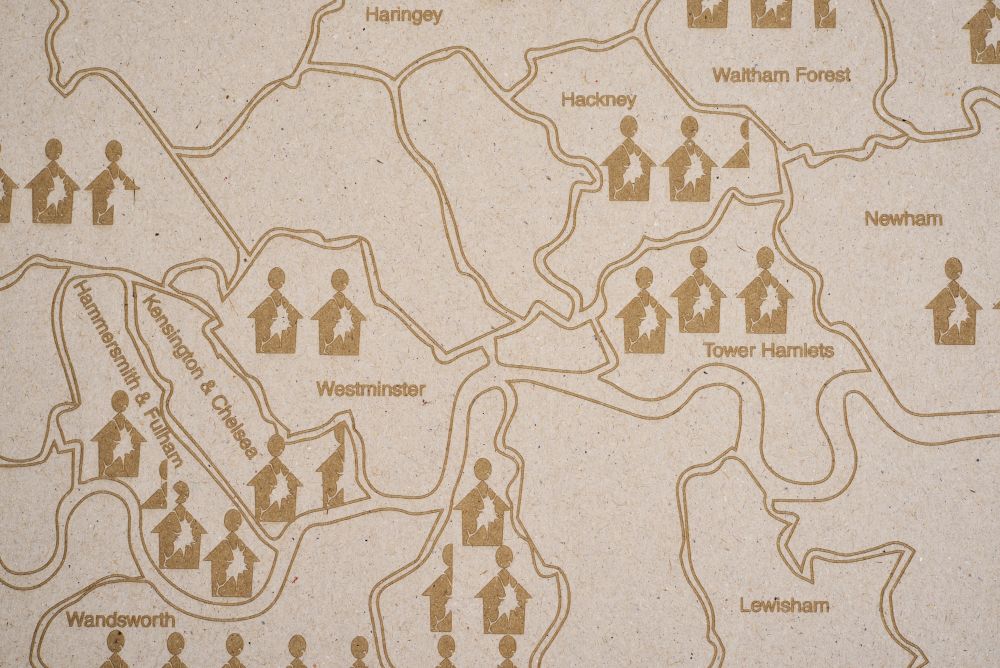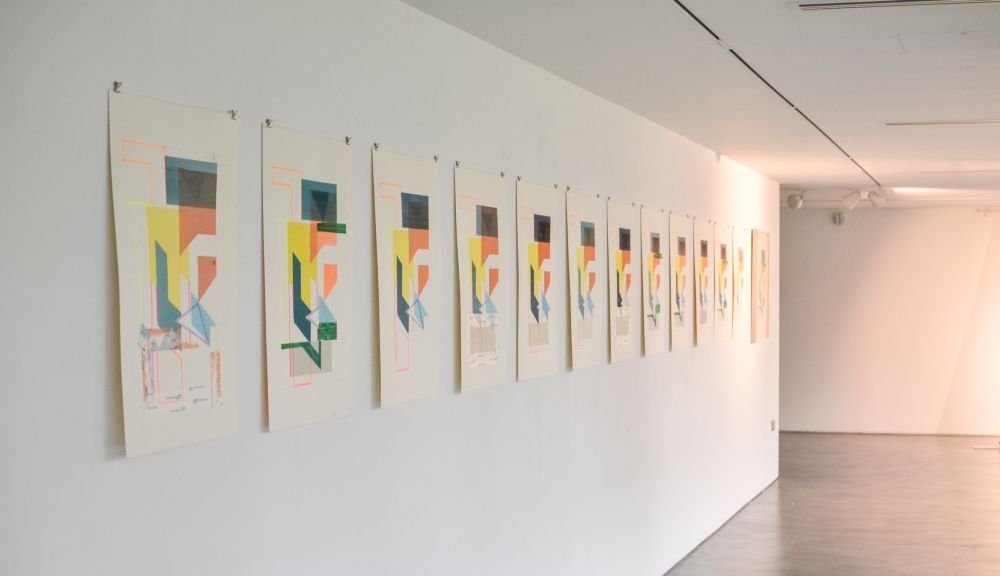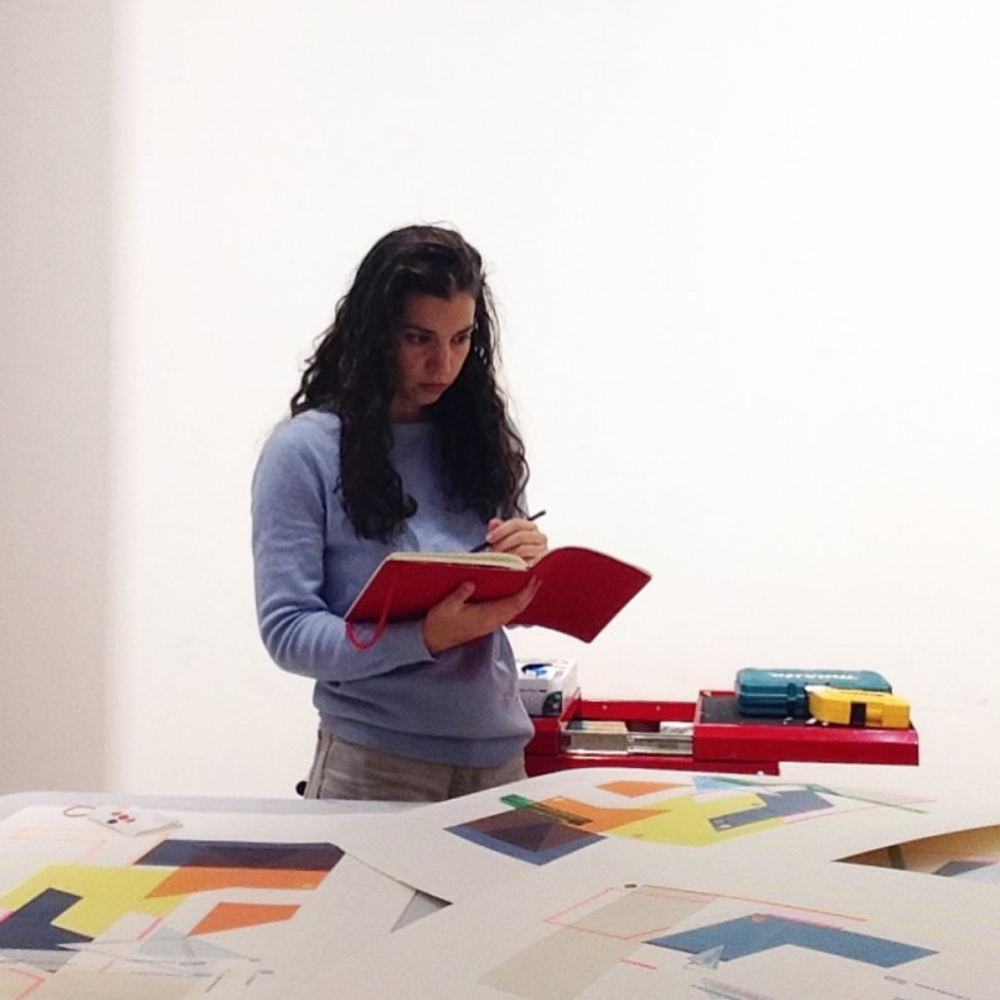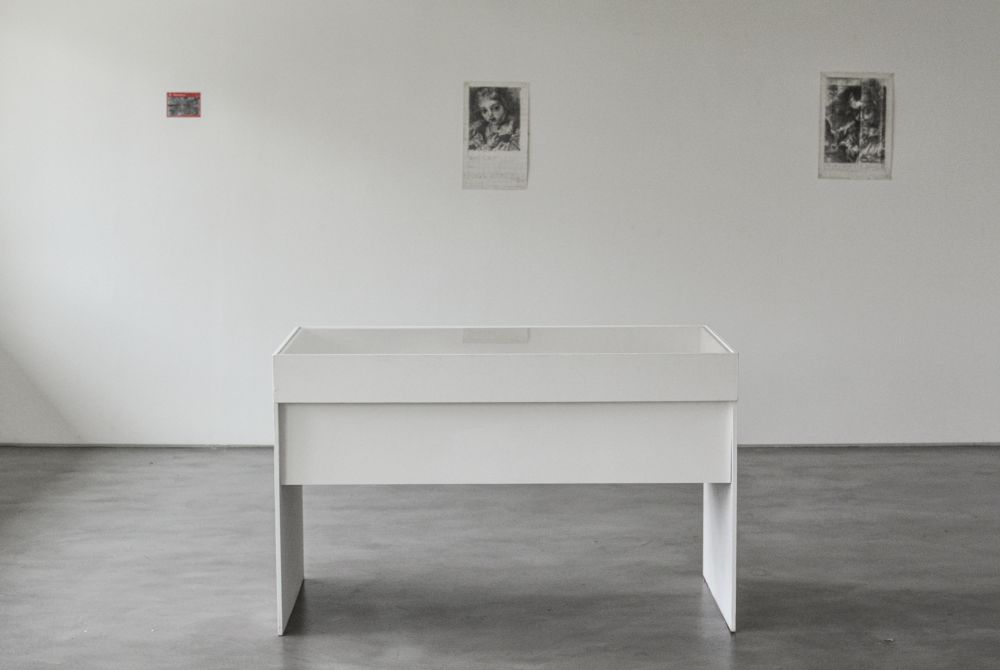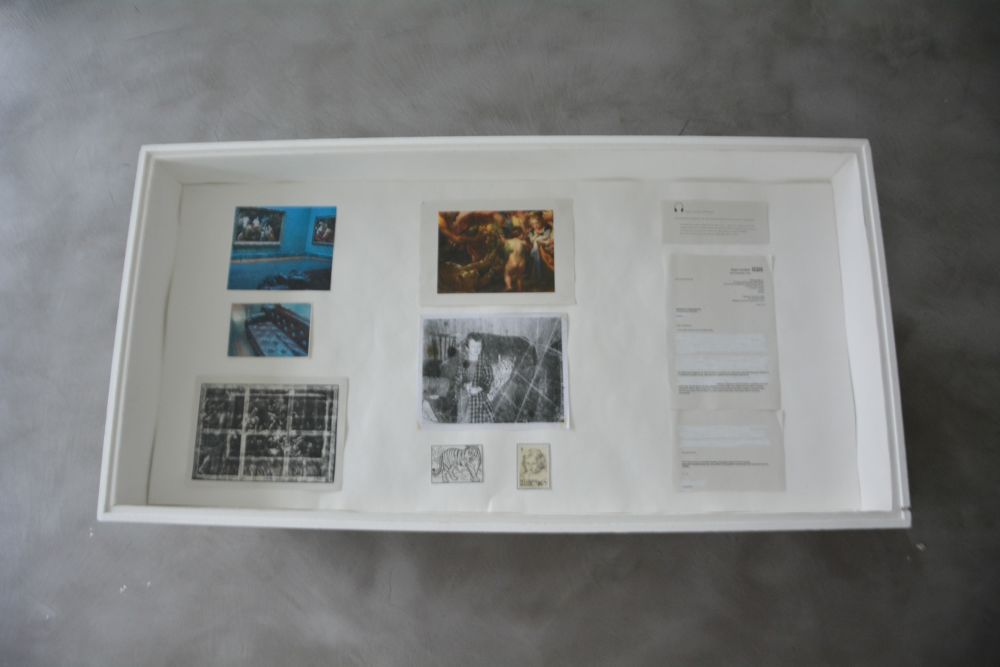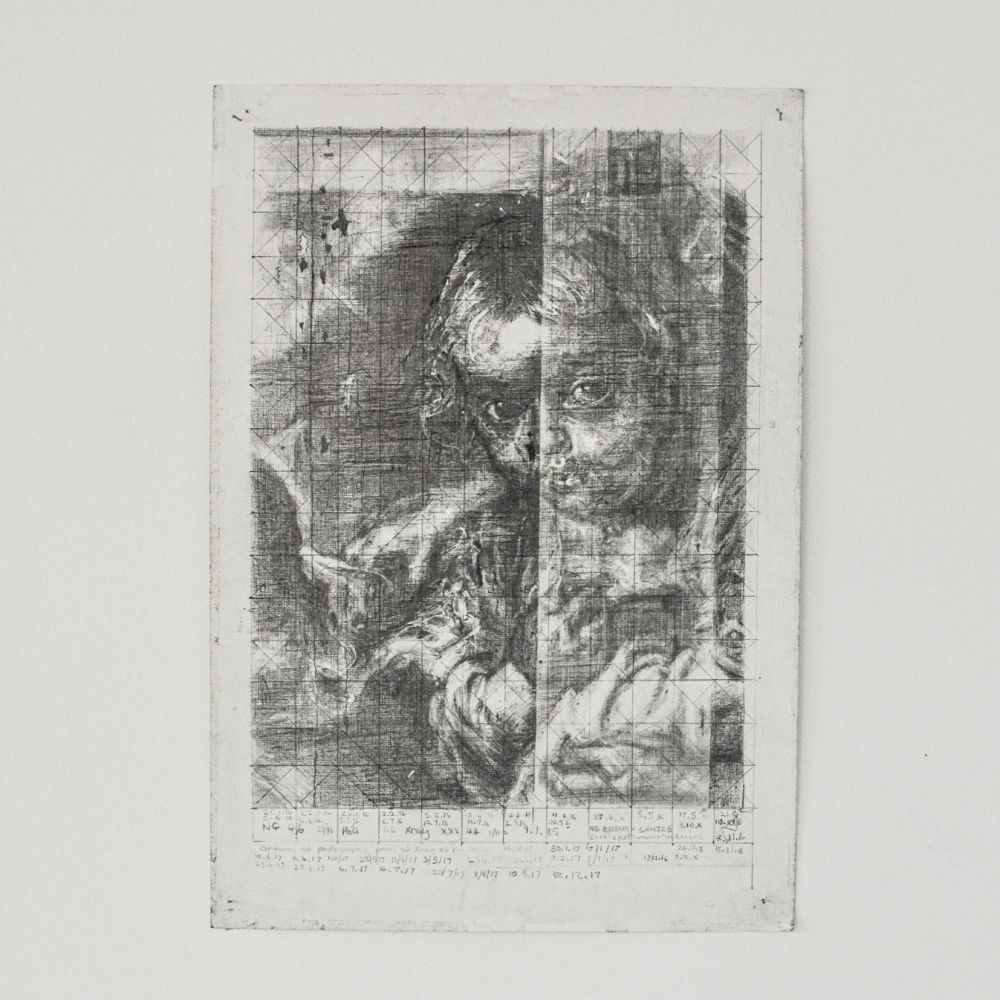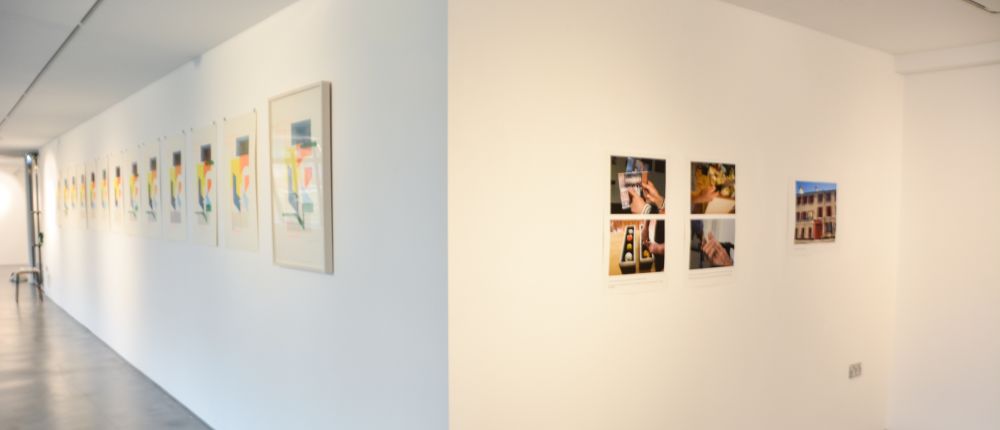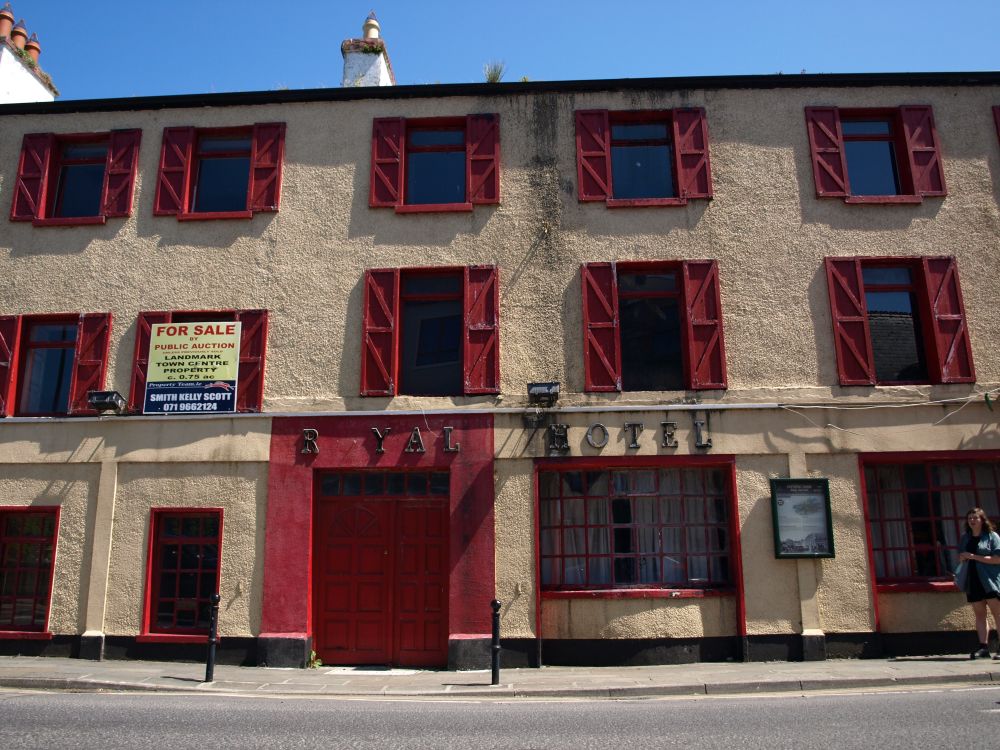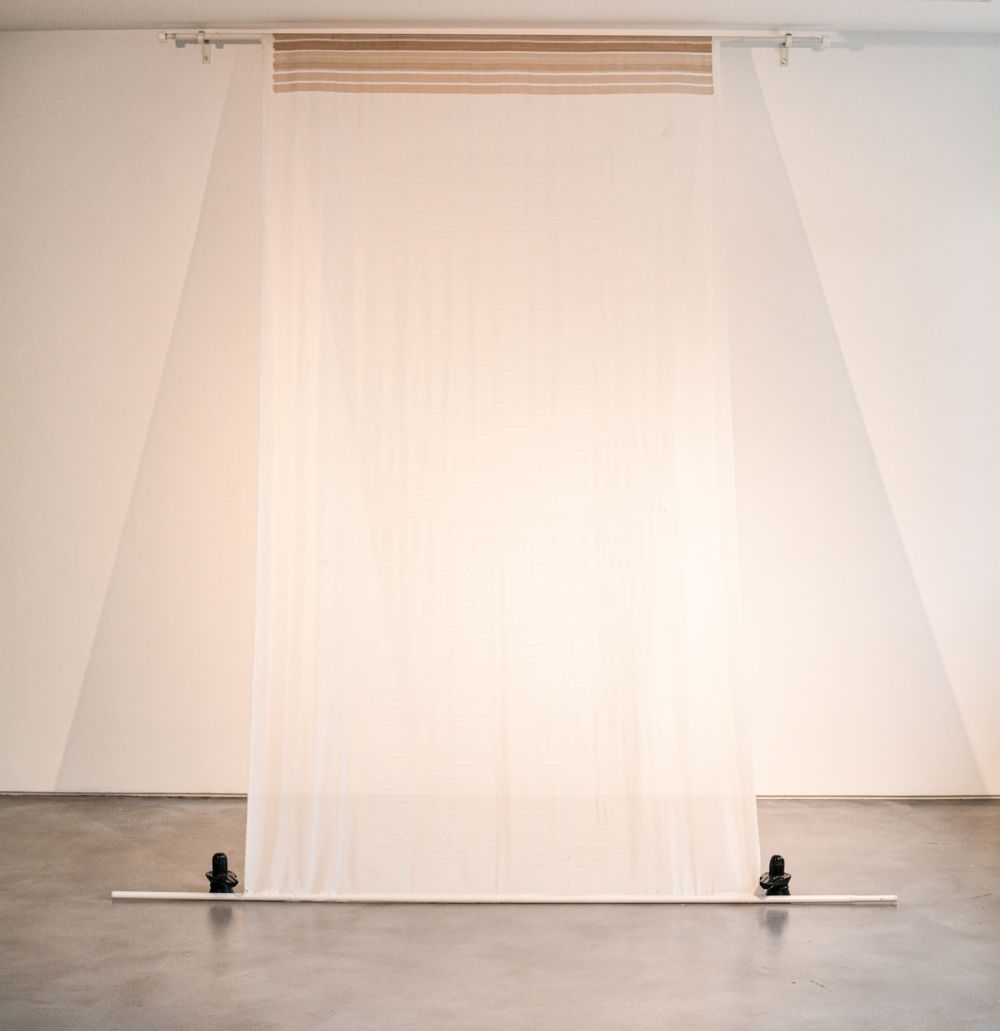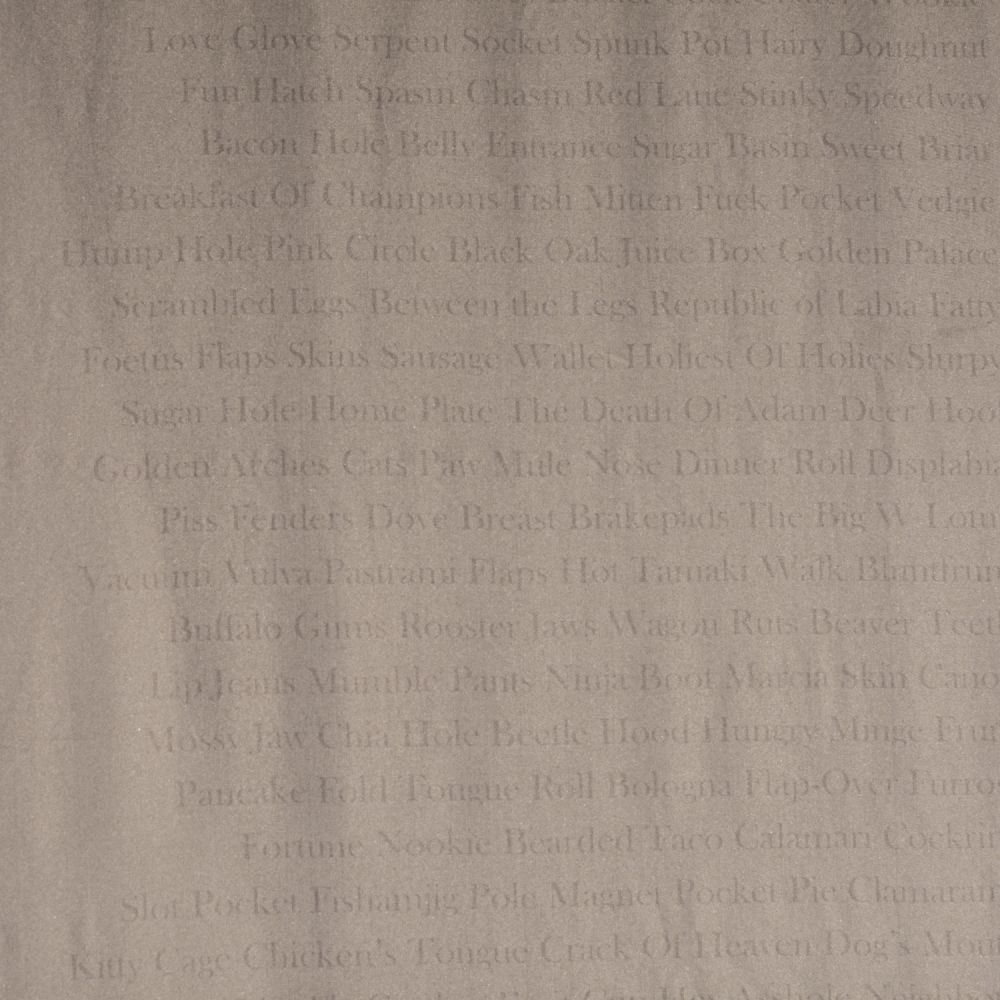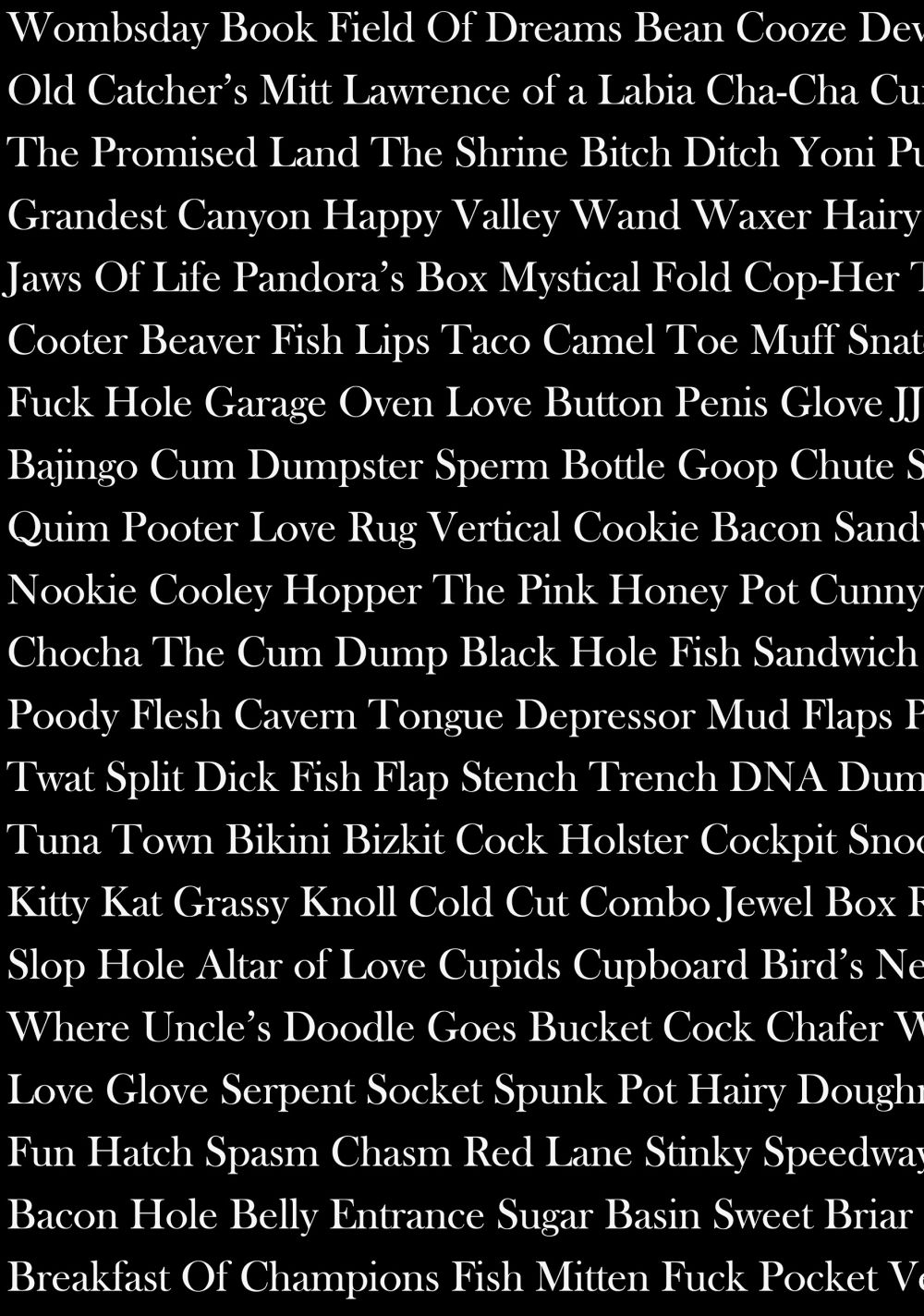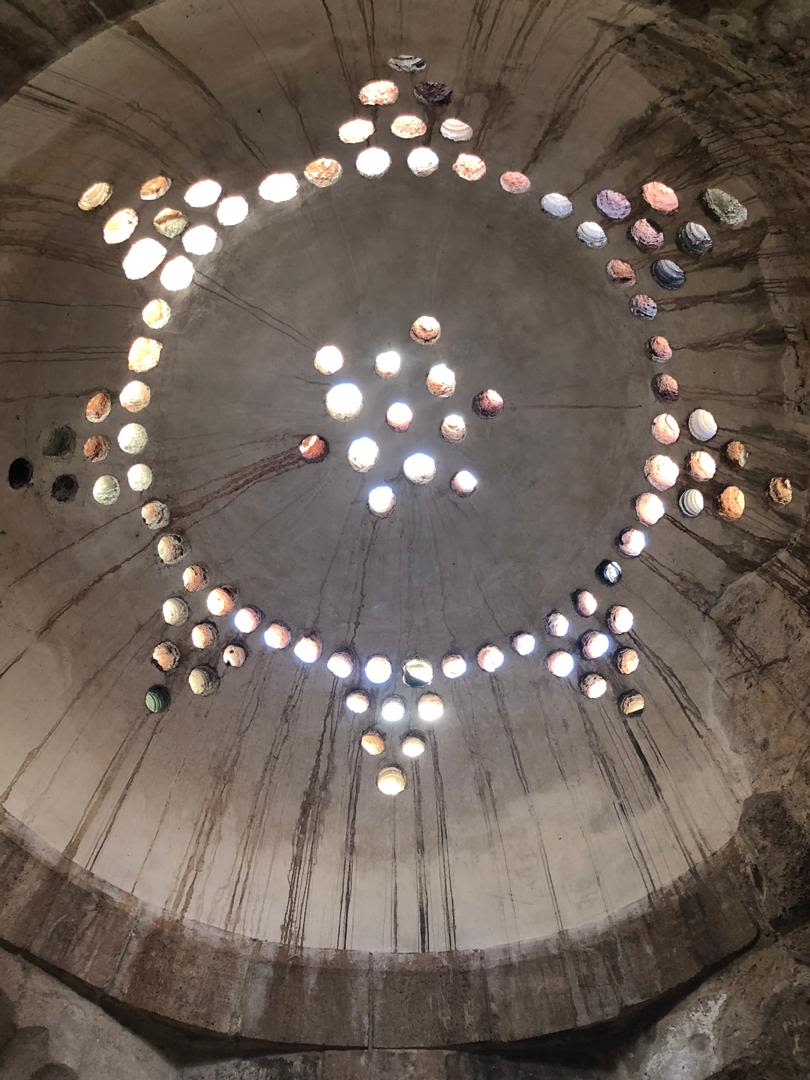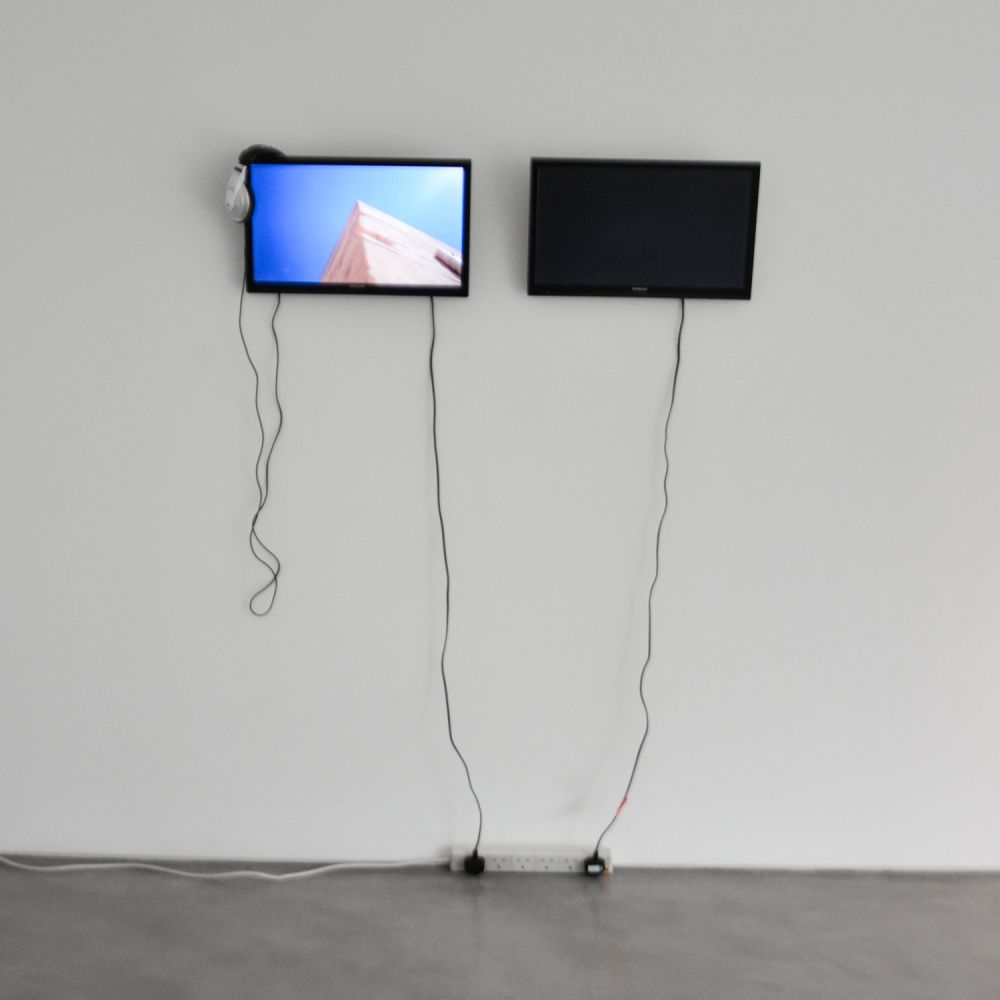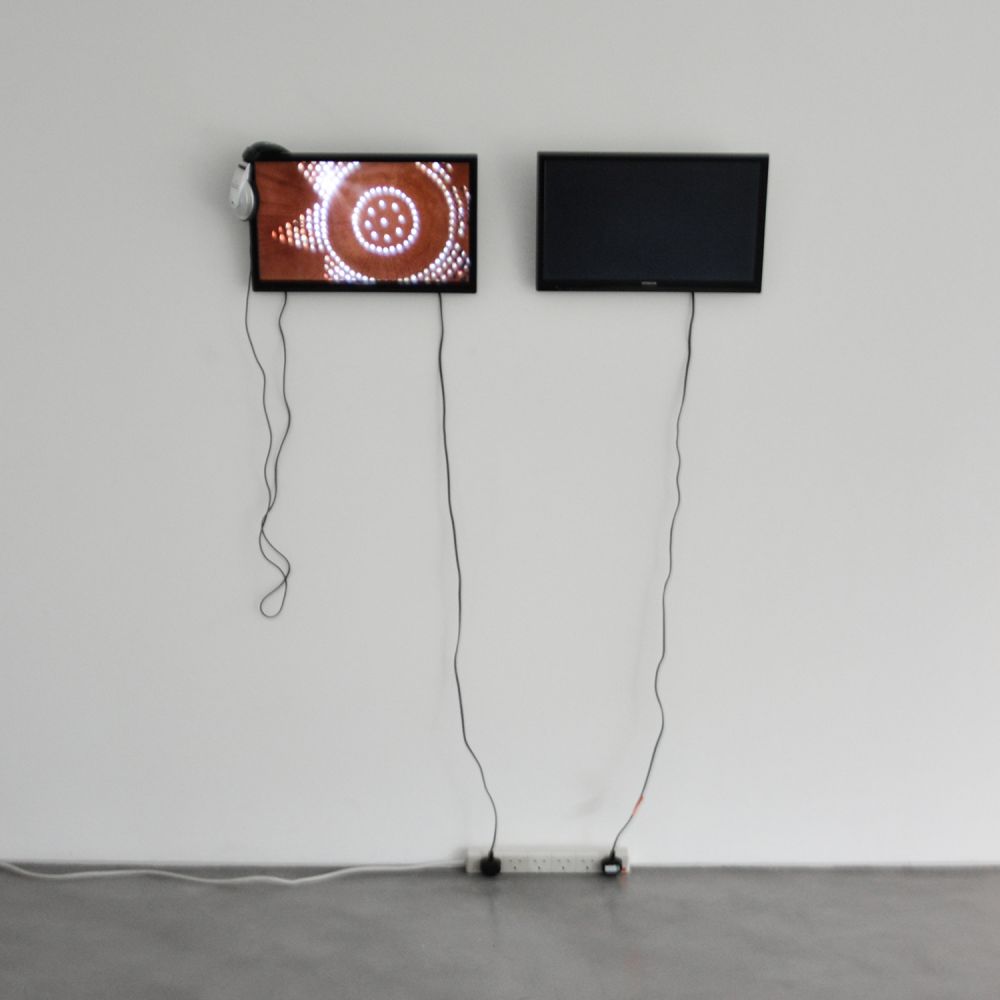Discursivity is a two-part exhibition showcasing the ongoing work of practice PhD students at CCW. This exhibition is the initiative of Dr Mo Throp and Dr Stephen Wilson and is supported by Post-Grad Community and the Teaching and Learning Fund. The exhibition was set up to open on 16 March 2020 and run until 20 March 2020. Due to the coronavirus global health crisis, the exhibition launch as well as the day of discussion engaging PhD and MA students through the exhibited work were cancelled and the exhibition was taken online as an Instagram takeover of the Camberwell Space account. This repport details the work of each student involved in the first part of the exhibition.
Dr Mo Throp's introduction to Discursivity
Discursivity serves not only as a much-needed showcase for the research projects of practice-based PhD students at CCW but also incorporates a day of discussion about their works with the artists alongside a group of Fine Art MA students.
Practice as research at PhD level demands that the student develops a body of work which leads their investigation and which aims to address a particular question. It therefore necessitates situating their artwork (their practice) within a particular body of knowledge and making a specific and new contribution to that field.
The day of discussion, addressing the artworks presented in this exhibition, intends to offer the opportunity for the researcher to engage in a community of like-minded students in discussion about what it is to produce artworks which are capable of critical analysis, evaluation and synthesis of new and complex ideas.
PhD students at CCW have no studio space within the colleges which traditionally has been the place where experimentation and innovation is shared and generated. Much of the PhD students’ findings are therefore shared at conferences and in journals. Nevertheless, their research as artists is determined by their ongoing practice which leads this enquiry and necessitates close critical scrutiny. Opportunities to present the practice itself, as we are offering here in this exhibition space within the institution (the art school), as professional propositions must be central to the testing of their practice as research investigations.
Mo Throp and Stephen Wilson (leading this project) are concerned, in this day of discussion, to embed the research culture into the curriculum of the art school and sites of learning through the student body, in this case by extending the MA students’ understanding of practice as research by engaging with the work presented here as reflecting methodologically on their developing practice. The discussion is framed around the aim to consider alternatives for creative production as an ethical consideration of their practice not merely concerned with success in the art market; we will be looking at what has been produced, examining the relationships between political, ethical and aesthetic gestures under which new knowledge is possible to research and discover.
Dr Mo Throp
ADRIENNE BENNIE
In The Margins
October 2019, London
Laser etch on 2mm Greyboard recycled.
Homelessness impacts communities on many levels, my intent is to emphasise the social justice needed for this area of concern and respond through the lens of a spatial designer to the issues of homelessness that are progressively forced to become less visible in public spaces. This work in progress is a spatial enquiry that shows the boroughs with the highest rate of homelessness according to statistics released by homeless charity Shelter in 2018.
My intention is to create a dialogue about how the city controls space for the homeless through data representation and spatial mapping. The boroughs with no logo were not represented in the report. This work uses the designed logo of a broken home to represent the statistical value placed on homeless people, it represents societies perception on the issue of homelessness today.
ANA TELES
Copying the work of other artists: an inquiry into artistic identity and authenticity
2018-2020
Pencil, marker pen and watercolour on 610gsm Fabriano paper
My practice-based research involves copying the work of other artists as a strategy to initiate a dialogue that considers how artists accept the copy in their practice and at the same time expose their relationship to concepts of artistic identity and authenticity. At this stage of the research, I selected five artists as my subjects to copy - Andrew Bick, Frank Bowling and three female artists who rejected my proposal - all of whom have varied painting and drawing backgrounds and are at different stages in their careers, bringing contextual elements into play, surrounding identity, gender and power.
GAVIN EDMONDS
Listening for echoes: Afterwardsness as a model for artistic practice
2016 (Work in progress)
Oil on Canvas
Building on Freud’s ideas on Nachträglichkeit (Afterwardsness), this practice-based research asks why and how an artwork may become a site of emotional/psychological investment. Nachträglichkeit is a Freudian concept ‘that describes the ways in which an experience that is either incomprehensible or traumatic is nonetheless somehow retained by memory unconsciously and reactivated at a later time in a different context’. The research employs this biphasic concept as a way to think about how we engage with art, which is outside conventional ideas of the direction of time in terms of past/present/future. Through a practice-based response to three artworks, the diachronic and synchronic associations (or echoes), are mapped through a framework of transdisciplinary methods, that provide the basis for case-studies. These case-studies represent a model of practice designed to provide a structure for speculation on meaning and dynamics, in relation to psychic causality in artistic practice.
GREER MAC KEOGH
The Hotel
2016
Photograph
The Hotel encompasses conversations, discussions, storytelling, walks and cups of tea as ways of getting to know people. As a guest in Boyle, a town in the midlands of Ireland, it’s been surprising how much about a place is unseen or unknowable unless you engage in conversations. For my hosts, who I have in turned hosted in a series of interviews and archiving sessions, there is also a realisation of what is not obvious to an ‘outsider’ but rich and meaningful, and how when speaking about a place, object or memory, it can bring the past into the present and vice versa.
REMI ALLEN
The construction of the British – Indian identity and the role of the Mother as influencer
January 2020
1947 - created 2018, 3mx1m Silk digital print, metal, stone
My artworks re-present the British-Asian female identity through biology (the external appearance of the Indian female as perceived by white society), construct (the influences on the upbringing of the female) and ideology (the lived experience and aspirations of the female). This is informed by the context of my personal life experiences as the British Indian woman (not bi-racial), who has an Indian body (biology) a western mind (construct), constantly reminded that I am not ‘white’ (ideology).
The perception of this ‘Indian body’ is explored through both practice and theory. I reveal my personal experience of sexuality, femininity, womanhood, motherhood as artist and researcher, by embodying being Indian and British but never English.
“My practice mirrors the slow dilution of my cultural heritage as it seeps further from my grasp. ‘I think in English, I appear Indian’ becomes a mantra.” (Rana-Allen 2017)
SALLY HILAL
The site-specific installation during the transitional phase of reconstruction: A Syrian context
2018
Film on screen
Drawing upon my experience as a Syrian migrant from Aleppo, this practice-based research examines hammams (public baths) and bimaristans (traditional ‘hospitals’) and their contribution to a Syrian cultural identity and collective memory. It focuses on two historical sites in the old city of Aleppo: hammam Yalbugha and bimaristan Arghun. These structures were both badly damaged during Syria’s civil war, and are currently unusable and left to fall further into ruin. Reflecting upon the significance of such hammams – and their connection to bathing – for the local community, the thesis addresses how temporary installations within these structures might articulate questions of healing, affect and participation through the use of water. The contention is that these would aid the processes of memory reconstruction through the reciprocal interactions they engender.
